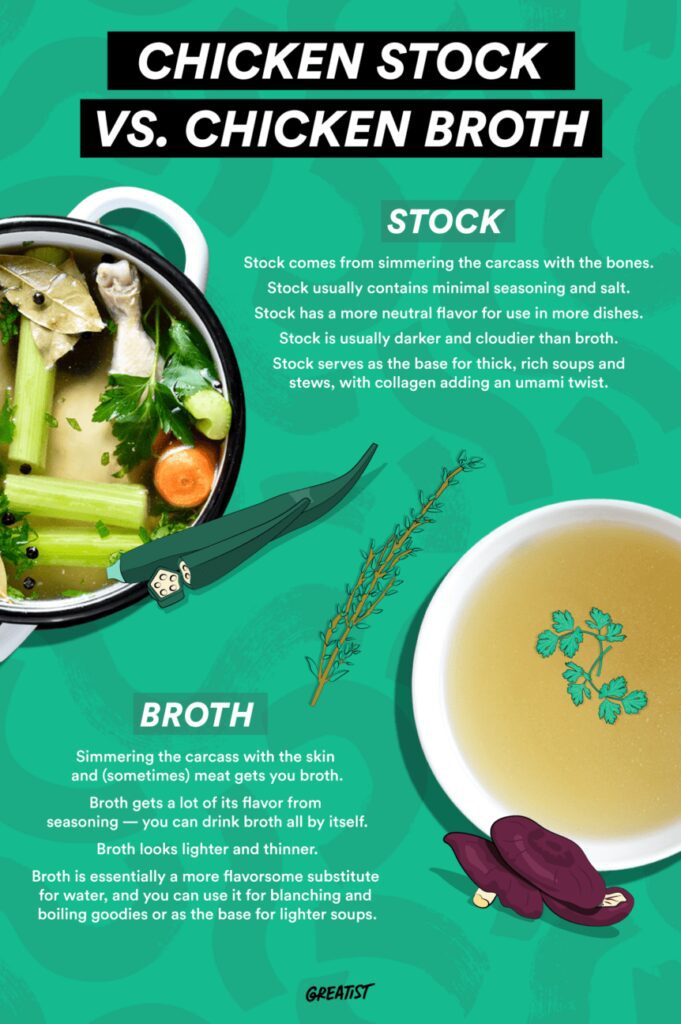Soup and stews are versatile, comforting, and can be made with a variety of ingredients, making them perfect for different seasons and meal prepping. To make a delicious soup or stew, start with a flavor base, choose the right cuts of meat, don’t overcook vegetables, and season wisely. Different cooking techniques like simmering, boiling, and blanching can be used for different types of soups and stews. Essential tools and equipment include a large pot or Dutch oven, immersion blender, and slow cooker. Experiment with different combinations of ingredients and techniques to create your own signature dish.
Soup’s On: A Guide to Simmering, Boiling and Blanching for Delicious Broths and Stews
Why Soups and Stews are Great
Soup and stews are a great meal option for several reasons. Firstly, they are comforting and warm, perfect for chilly weather. Secondly, they are versatile and can be made with a variety of ingredients, depending on the season or the available ingredients. Lastly, they are perfect for meal prepping and can be stored in the freezer for later consumption.
Basic Tips for Making Soups and Stews
Making a delicious soup or stew does not have to be complicated. Follow these simple tips to create a flavorful and hearty dish:
Start with a Flavor Base
To create a depth of flavor in your soup or stew, start by sautéing onions, garlic, and other aromatics in oil or butter. This will also help to build a flavorful base for the broth.
Choose the Right Cuts of Meat
When making a meat-based soup or stew, choose cuts of meat that are tough and require slow cooking, such as beef chuck or pork shoulder. These cuts contain more connective tissue that breaks down during cooking to produce a tender, flavorful meat.
Don’t Overcook the Vegetables
Vegetables should be added to the soup or stew towards the end of the cooking process to preserve their texture and color. Overcooking vegetables can result in a mushy and unappetizing dish.
Seasoning Wisely
Season your soup or stew with salt and pepper, but be careful not to overdo it. Remember that the flavors will intensify as the dish cooks, so start with a small amount and add more later if necessary.
Simmer, Boil or Blanch?
There are several different techniques for cooking soups and stews, including simmering, boiling, and blanching. Here’s a quick guide to each method:
Simmering
Simmering is a gentle cooking method that involves keeping the liquid just below boiling point. This allows the flavors to meld together without the ingredients becoming overcooked. Simmering is perfect for cooking broths, stocks, and delicate soups.
Boiling
Boiling involves cooking the ingredients in a large amount of rapidly boiling water. This method is best for cooking hearty soups and stews that require longer cooking times. Boiling can also be used for blanching vegetables, which involves briefly cooking them in boiling water and then plunging them into icy water to stop the cooking process. Blanching is a great way to preserve the color and texture of vegetables.
Tools and Equipment You’ll Need
To make a delicious soup or stew, you’ll need a few essential tools and equipment:
Large Pot or Dutch Oven
A large, sturdy pot or Dutch oven is essential for making soups and stews. Look for one that is made from heavy-duty materials and has a tight-fitting lid.
Immersion Blender
An immersion blender, also known as a hand blender, is a great tool for creating smooth and creamy soups. It allows you to blend your soup directly in the pot without having to transfer it to a blender.
Slow Cooker
A slow cooker is perfect for making soups and stews, especially if you don’t have a lot of time to tend to the pot. Simply add your ingredients to the slow cooker, set the cooking time, and let it do its magic.
Conclusion
Making a delicious soup or stew doesn’t have to be complicated. Follow these basic tips and experiment with different techniques, ingredients, and flavor combinations to create your own signature dish. And remember, a good soup or stew is all about simmering, boiling and blanching!
